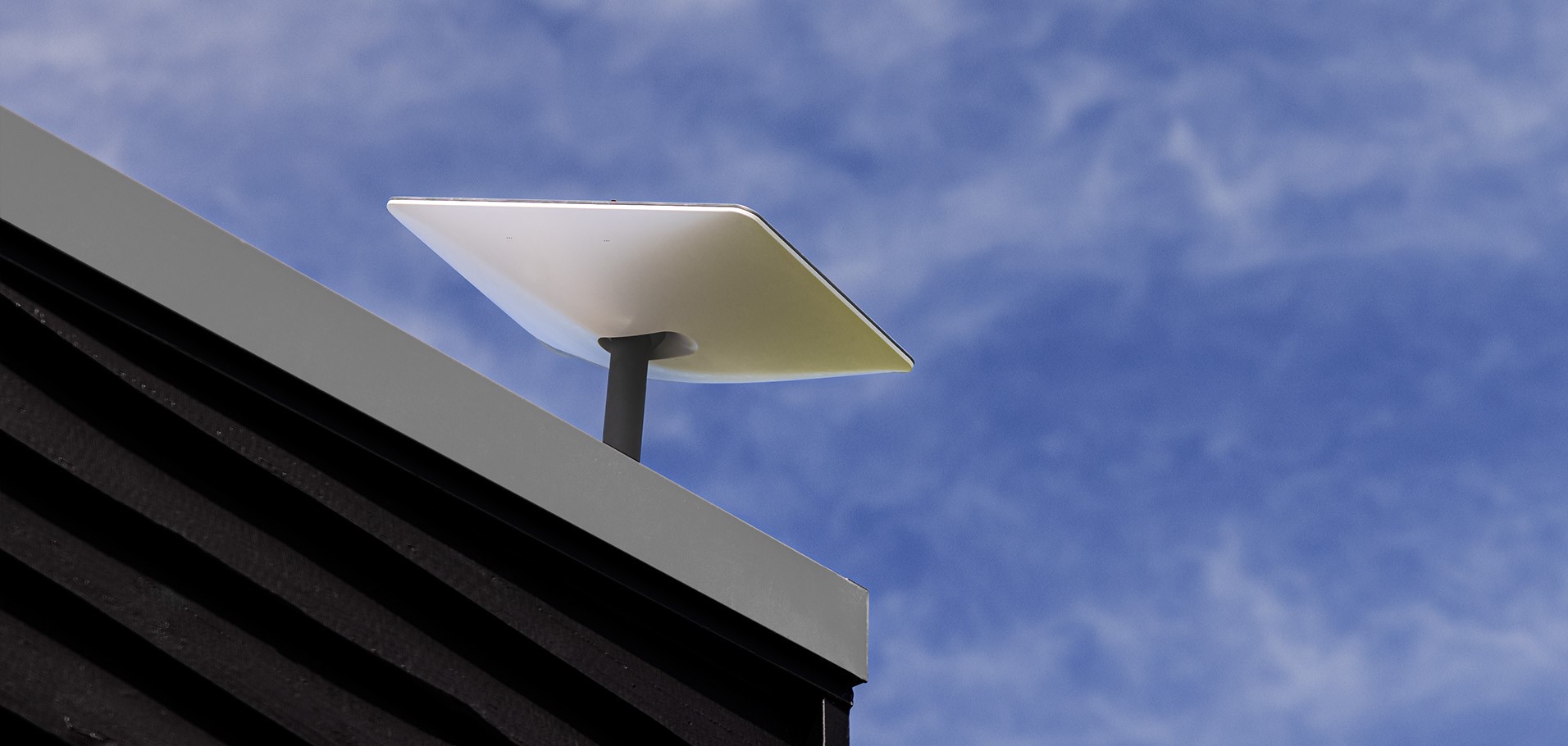Eleven months after SpaceX submitted several applications, the FCC has given the company permission to connect moving vehicles to its constellation of Starlink internet satellites.
The license means that all United States Starlink users will now be able to legally receive internet service from their Starlink user terminals (dishes) while in motion on any land, sea, or air-based vehicle. For the many consumer and enterprise customers already experimenting with mobile Starlink service or at least using SpaceX’s new RV roaming service, the ability to use Starlink in motion should add even more potential use-cases and benefits and generally expand the service’s viability and competitiveness
Because Starlink’s performance – even when struggling – beats virtually all other satellite internet providers, the addition of in-motion use removes one of very few remaining reasons to continue using other service providers. While that applies more to enterprise and commercial users than individuals, it still means that other satcom providers will have even fewer legs to stand on as they attempt to defend against competition from Starlink.
Major prospective customers that are likely to take advantage of this FCC ruling include airlines and cruise providers, as well as individual Americans who want to improve internet connectivity aboard private aircraft, boats, recreation vehicles, and more. In fact, SpaceX has already signed agreements with flight charter provider JSX and Hawaiian Airlines, as well as cruise provider Royal Caribbean, which has already begun testing the service on at least one active cruise ship.
For flights, cruises, and all other vehicles traveling outside the range of SpaceX’s growing selection of ground stations, Starlink V1.5 satellites will need to create their own space-based network with onboard laser links, allowing communications to be routed through other satellites to ground stations – and thus the rest of the internet – located hundreds or even thousands of miles away. The FCC will have to improve a yet another license application before SpaceX can flip that particular switch.
SpaceX currently has more than 2400 working Starlink satellites in orbit, almost 2000 of which are likely operational and serving around half a million existing customers. 919 of those satellites are new V1.5 variants with laser links, and around 400 of those V1.5 satellites are still making their way to operational orbits.
The same FCC decision also authorized Kepler Communications to begin connecting moving vehicles to its much smaller satellite constellation.
The FCC authorization can be read in full here. [PDF]


purchase ivermectin – ivermectin 3mg otc tegretol 200mg generic
order accutane pill – order decadron generic order linezolid 600mg online
where can i buy azithromycin – bystolic 5mg brand nebivolol sale
purchase omnacortil online cheap – omnacortil 5mg usa brand progesterone 200mg
neurontin order – oral gabapentin 800mg itraconazole 100 mg pill
buy furosemide pills for sale – piracetam buy online generic betamethasone
buy generic augmentin 625mg – buy generic cymbalta buy duloxetine 20mg online cheap
order rybelsus 14mg for sale – buy generic cyproheptadine 4mg buy cyproheptadine generic
buy tizanidine sale – how to get hydroxychloroquine without a prescription buy microzide no prescription
tadalafil 20mg ca – cost cialis 5mg purchase sildenafil generic
buy sildenafil 50mg without prescription – tadalafil brand tadalafil 10mg sale
brand atorvastatin – order amlodipine 10mg pill buy lisinopril 2.5mg
where can i buy omeprazole – buy tenormin 50mg online cheap atenolol cheap
oral depo-medrol cost – can i buy medrol online buy triamcinolone for sale
buy clarinex 5mg without prescription – loratadine online buy buy priligy pill
buy misoprostol 200mcg online – purchase diltiazem sale purchase diltiazem pills
motilium 10mg cheap – buy generic sumycin buy cheap flexeril
buy warfarin 2mg generic – purchase losartan for sale order losartan 50mg generic
nexium 40mg usa – buy nexium 20mg online cheap imitrex buy online
order mobic 15mg for sale – order flomax generic buy generic tamsulosin over the counter
ondansetron 4mg usa – simvastatin medication order generic simvastatin
buy valtrex 500mg sale – buy valtrex cheap diflucan without prescription
cheap modafinil 100mg provigil 100mg without prescription provigil pill order provigil 200mg online brand modafinil order provigil pills modafinil 200mg canada
More posts like this would bring about the blogosphere more useful.